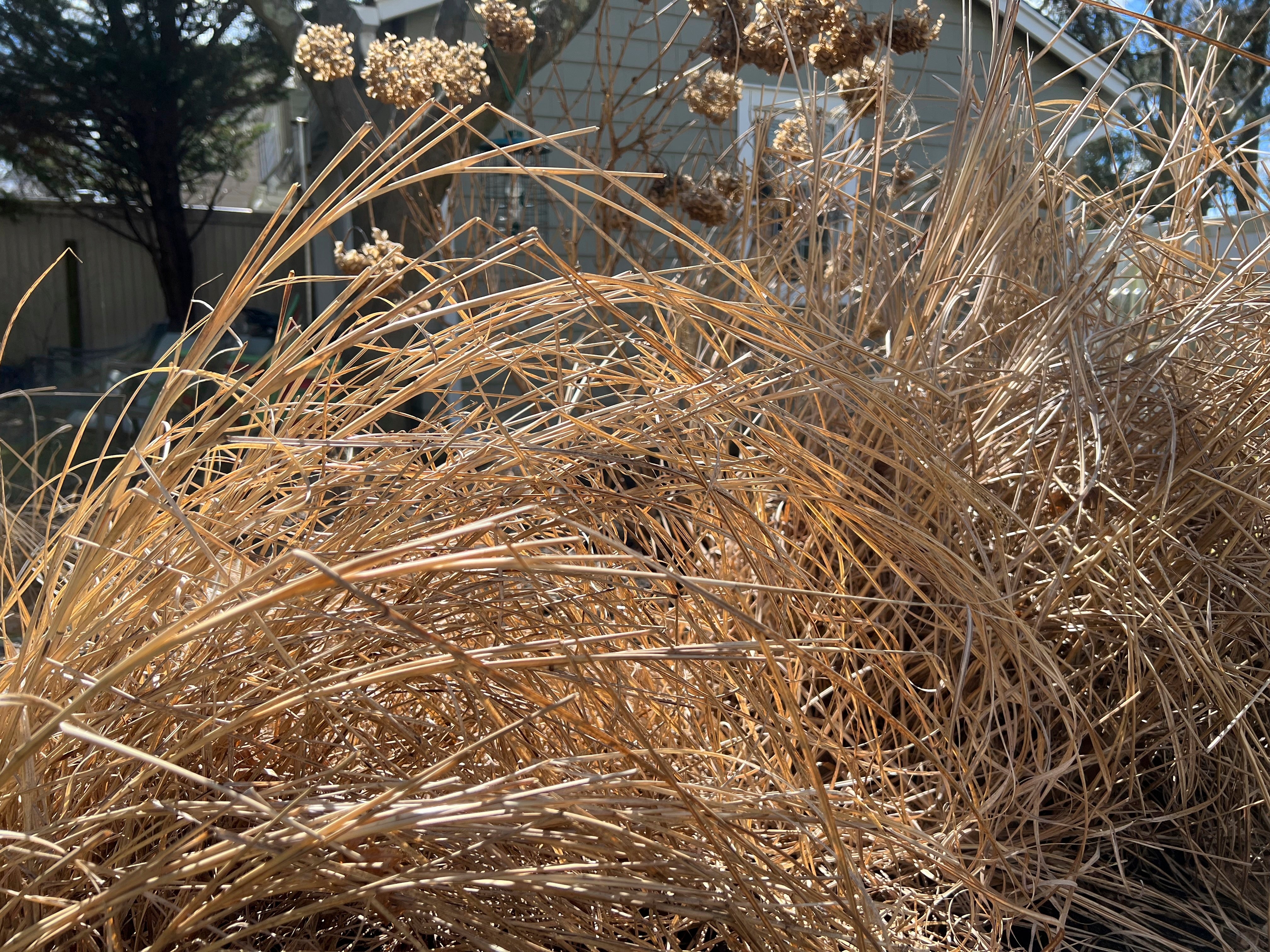Itching to start spring garden cleanup? Not so fast!
Spring gardening is an exercise in patience

Your support helps us to tell the story
From reproductive rights to climate change to Big Tech, The Independent is on the ground when the story is developing. Whether it's investigating the financials of Elon Musk's pro-Trump PAC or producing our latest documentary, 'The A Word', which shines a light on the American women fighting for reproductive rights, we know how important it is to parse out the facts from the messaging.
At such a critical moment in US history, we need reporters on the ground. Your donation allows us to keep sending journalists to speak to both sides of the story.
The Independent is trusted by Americans across the entire political spectrum. And unlike many other quality news outlets, we choose not to lock Americans out of our reporting and analysis with paywalls. We believe quality journalism should be available to everyone, paid for by those who can afford it.
Your support makes all the difference.When the blare of the year’s first leaf blower awakened me one morning last week, I realized spring cleanup had commenced -- no matter that March could still roar like a lion here in my Long Island, New York, neighborhood.
It stands to reason that professional landscapers cannot logistically clear all of their clients' properties at the same time -- the right time -- so they start early. That’s good for them but bad for our gardens.
In mine, I forgo the fall cleanup, opting instead to allow leaf litter, ornamental grasses and spent perennials to remain standing to serve as shelter for pollinators and other insects over winter. Those insects are still hibernating, and removing the debris before they resume their life cycles would mean removing them from my garden.
That would result in less food for birds and fewer flowers and tomatoes for me.
The jury is out among experts on the exact timing, but there is consensus around waiting until temperatures are consistently above 50 degrees, which is when dormant insects “wake up.” Some define “consistently” as a minimum of five days. I typically wait until after seven consecutive 50-degree-plus nights have passed.
Even then, it’s advisable to relocate plant matter to a corner of the yard for another week or so before removing it from your property, just in case any sleepyheads hit the snooze button.
Like clockwork, premature cleaning will be followed by premature mulching. Applying mulch makes the garden look tidy, but remember that soil and plants are not furniture. They’re part of a living ecosystem. Mulching before the soil has warmed sufficiently will trap in the cold and slow the reawakening of perennial, shrub and tree roots. That inhibits plant growth.
And if the soil is wet, early applications can encourage mold, mildew and fungal diseases.
Mulch is an important component of a healthy garden. It retains soil moisture, suppresses weeds and helps keep soil temperatures even. But timing is crucial. Wait until it’s safe to plant annuals and warm-season vegetables in your region before applying mulch. For me, that means holding off until the end of May.
Likewise, resist the urge to fertilize the lawn until mid to late spring, after it has emerged from dormancy and begins active growth. Doing so earlier is illegal in some municipalities and won’t help the grass anyway. In fact, it can hurt.
Lawns that are fertilized in early spring cannot properly make use of those applied nutrients. They may start growing when they should be spending their energy on root development, which is what sustains turfgrasses and helps them survive summer droughts. That premature growth is often discolored and results in yellow spots in the lawn.
Excess fertilizer that cannot be used by a dormant or partially dormant lawn threatens the environment and groundwater as it leaches through the soil. And since it doesn’t benefit the lawn, it’s also a waste of money.
Cleaning up tulips and daffodils is another exercise in patience. After any spring bulb has bloomed, its leaves continue to produce energy for the following year’s show. Go ahead and remove stems if you’d like, but don’t clear away foliage until it has turned yellow and withered.
Finally, something you really can do now: If you’re itching to get your hands dirty, it's a good time to repot houseplants. Move them into the next-size pot — no more than 2 inches wider than their current container — and give them a dose of fertilizer as the season’s longer daylengths stimulate them to resume active growth.
—-
Jessica Damiano writes regular gardening columns for The Associated Press. She publishes the award-winning Weekly Dirt Newsletter. Sign up here for weekly gardening tips and advice.
___
For more AP gardening stories, go to https://apnews.com/hub/gardening.